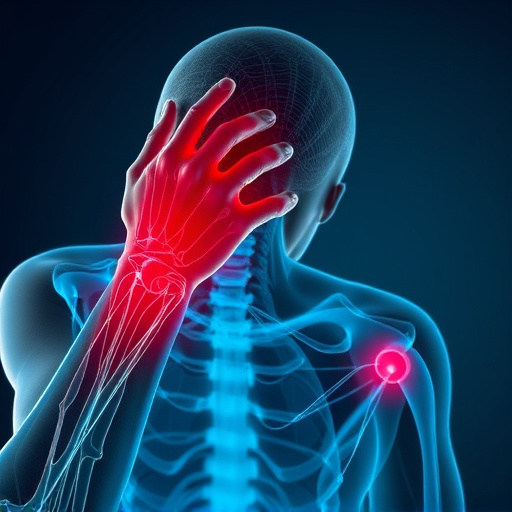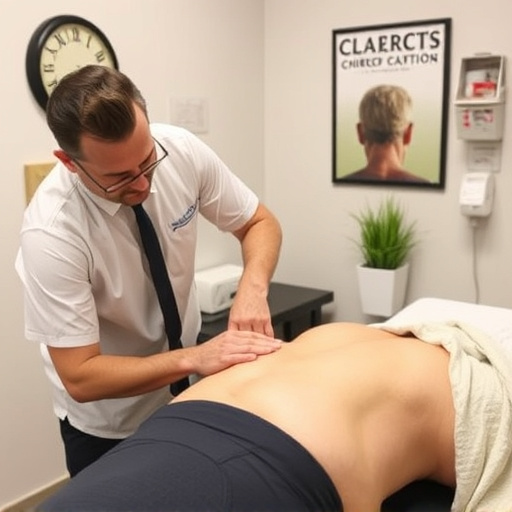Soft Tissue Shockwave Therapy (STST) is a non-invasive treatment for chronic pain relief that uses low-energy acoustic waves to target muscles, tendons, and ligaments, stimulating healing, increasing blood flow, and promoting tissue regeneration. As an alternative to drugs or surgeries, STST accelerates recovery times and improves mobility, making it ideal for functional rehabilitation. This modern approach surpasses traditional methods in treating lower back pain and sports injuries, offering faster relief and improved patient outcomes.
Soft Tissue Shockwave Therapy (STST) is gaining traction as a non-invasive treatment option, challenging traditional methods in managing musculoskeletal conditions. This article delves into the world of STST, offering a comprehensive comparison with conventional practices. We explore its underlying mechanism, historical context of traditional therapies, and most importantly, the impact on patient outcomes. By analyzing clinical evidence, we aim to shed light on whether STST is a revolutionary game-changer or merely another tool in the physician’s toolkit.
- Understanding Soft Tissue Shockwave Therapy
- Traditional Methods: A Historical Perspective
- Comparing Effects and Patient Outcomes
Understanding Soft Tissue Shockwave Therapy
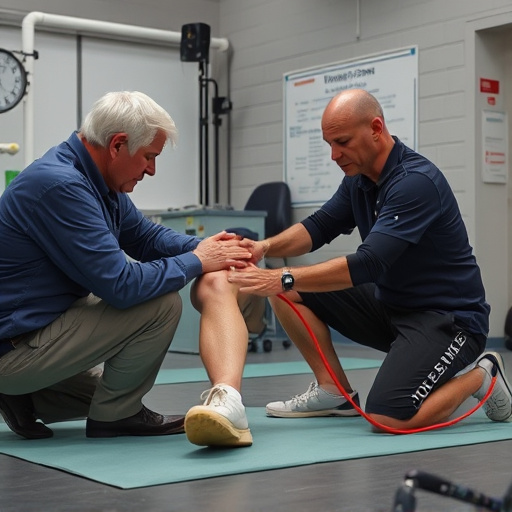
Soft Tissue Shockwave Therapy (STST) is a revolutionary treatment gaining traction in the wellness care sector. It utilizes low-energy acoustic waves or shockwaves to penetrate and heal soft tissues, including muscles, tendons, and ligaments. Unlike traditional methods that often rely on invasive procedures or medications for pain management, STST offers a non-invasive alternative. This therapy can be particularly effective for individuals seeking relief from chronic pain without the side effects associated with drugs or surgeries.
The process involves applying external shockwaves to targeted areas, which create tiny micro-fractures in the soft tissues. This stimulates a healing response, enhancing blood flow and promoting tissue regeneration. STST is becoming an increasingly popular choice for those looking into functional rehabilitation, as it can accelerate recovery times and improve overall mobility without significant downtime.
Traditional Methods: A Historical Perspective
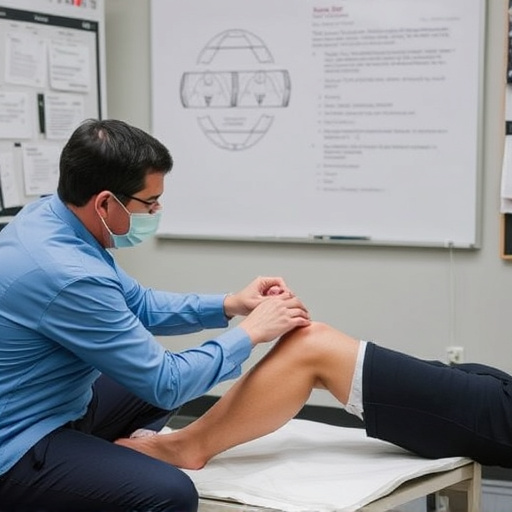
Traditional methods of treating soft tissue injuries have evolved over centuries, shaped by the needs of various cultures and advancements in medical understanding. Historically, remedies often stemmed from natural sources, with plants, herbs, and even animal products used to alleviate pain and promote healing. For instance, ancient civilizations like Egypt and China employed herbal infusions and acupuncture for sciatica relief, a common symptom arising from post-injury care. These practices laid the foundation for modern medicine’s approach to soft tissue management.
Over time, as scientific knowledge grew, so did the sophistication of treatment techniques. The 20th century saw the development of physical therapy exercises and specialized equipment designed to target specific muscle groups and alleviate pain associated with soft tissue injuries. While these traditional methods remain effective for many, the quest for more efficient and less invasive treatments led to the emergence of novel approaches, such as soft tissue shockwave therapy, which promises to revolutionize sciatica treatment and post-injury care regimens.
Comparing Effects and Patient Outcomes
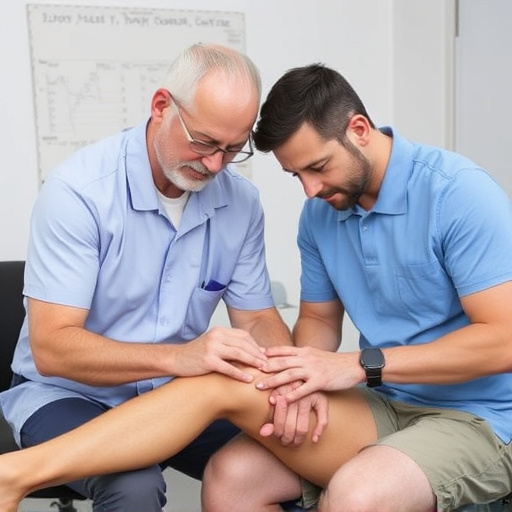
When comparing soft tissue shockwave therapy to traditional methods for treating soft tissue injuries and conditions like lower back pain or sports injuries, research indicates that soft tissue shockwave therapy offers several advantages in terms of patient outcomes. This non-invasive procedure has shown effectiveness in promoting muscle recovery and reducing inflammation, often leading to faster healing times compared to conventional therapies.
Traditional methods, such as rest, physical therapy, or pharmacological interventions, while valuable, can sometimes be less targeted and efficient. In contrast, soft tissue shockwave therapy uses acoustic waves to stimulate cellular repair mechanisms, encouraging the body’s natural ability to heal. This results in improved patient satisfaction and functional recovery, particularly for individuals dealing with chronic or acute soft tissue injuries.
Soft tissue shockwave therapy emerges as a promising alternative to traditional methods in treating various musculoskeletal conditions. By leveraging acoustic waves to stimulate tissue repair, this non-invasive approach offers potential benefits such as reduced pain, faster recovery times, and improved patient satisfaction. While historical treatments have laid the groundwork, modern shockwave therapy provides enhanced targeting and customizable treatment plans. As research continues, the growing body of evidence supports its effectiveness, making soft tissue shockwave therapy a game-changer in physical rehabilitation and an intriguing option for patients seeking advanced, non-surgical solutions.











